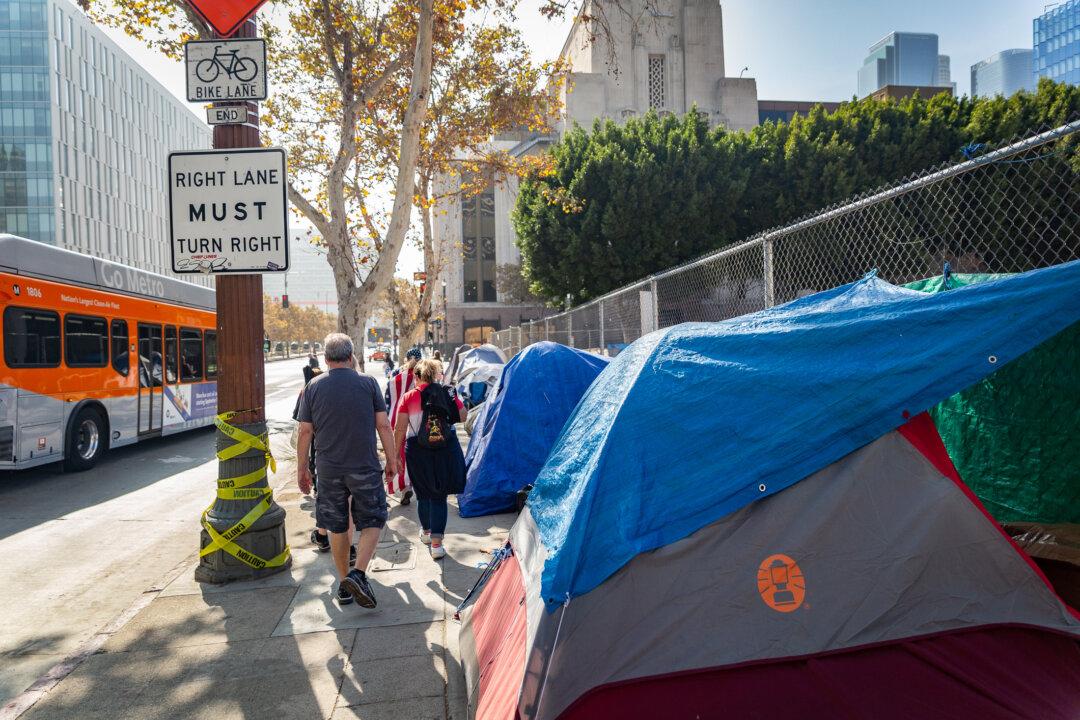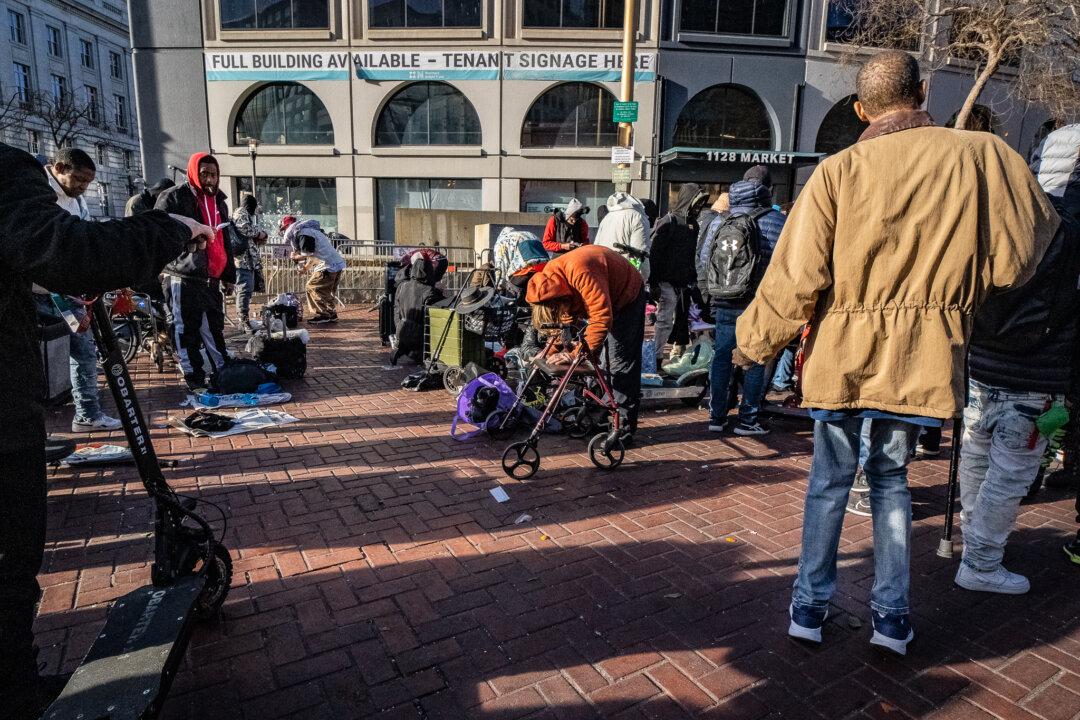The number of homeless individuals in Los Angeles County rose 4.1 percent since 2020, counting over 69,000 homeless countywide and 42,000 in the City of Los Angeles, according to the latest point-in-time tally released Sept. 8 by the Los Angeles Homeless Services Authority (LAHSA).
The homeless count, which took place from Feb. 22–24, determines how much funding the agency will receive from federal resources to combat homelessness.





